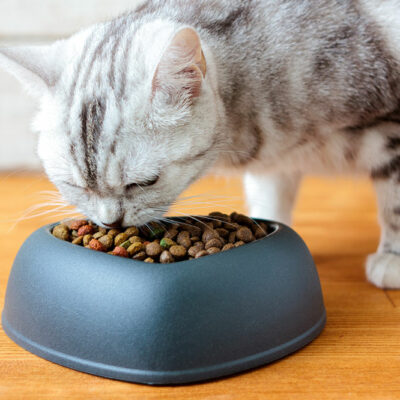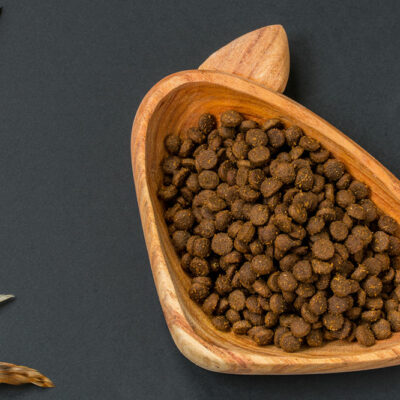
Pets
Tips to enjoy traveling with your pet
If you have a small dog or a cat as a pet and consider it part of your family, then you will definitely want to take it along with you when you travel. And if you have children, then definitely the request to travel together will come from the young ones, no doubt! Traveling with your pet can be a totally enjoyable experience if you plan it properly. Here is a guide for traveling with your pet. First, make sure your pet is healthy to travel with you. Take it to the veterinarian, ask for travel tips to make it safe and comfortable and update all its medications and vaccinations. Keep its medical records and the veterinarian’s emergency contact details handy at all times during your travel. Pack up adequate pet food, clean drinking water, travel-friendly collapsible bowls, favorite toys, some new toys, appropriate bedding and crate, grooming brush, cleaning essentials to clean the potty, and a spare collar and leash. Make sure your pet wears a sturdy collar with one, or even two, identification tags. The tags must contain its name, your phone number, and details of its latest vaccinations, especially the rabies shot. If you think embedding a microchip tag in your pet is good for its safety, then consider doing it well ahead of your travel.
Read More 















